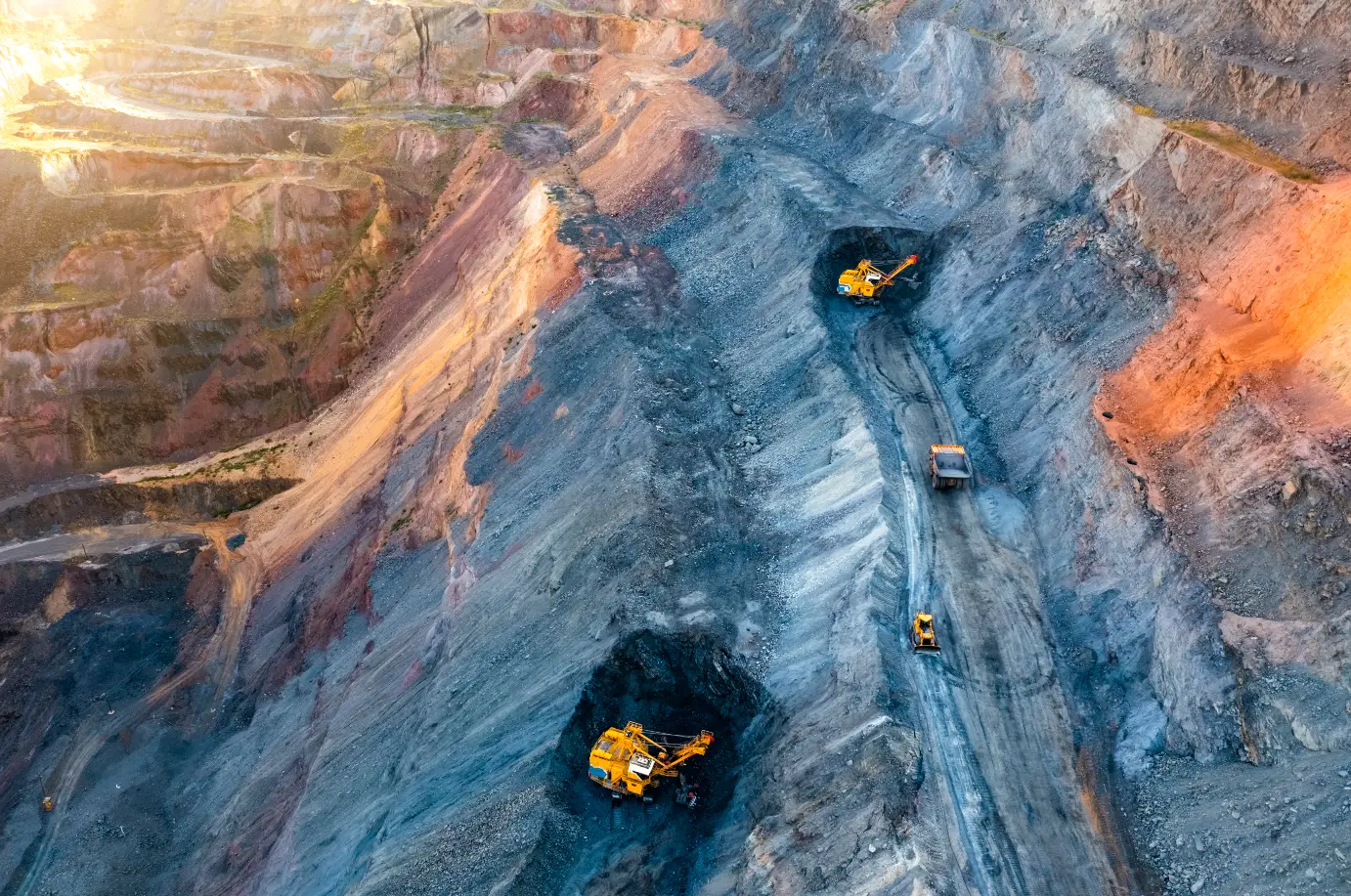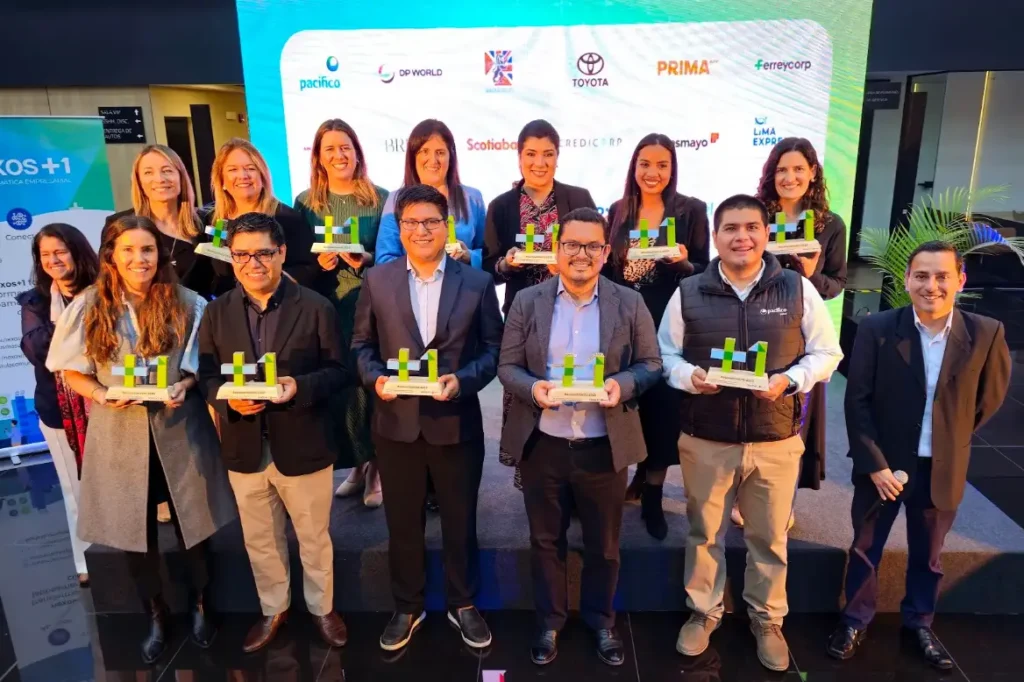Would you prefer to listen to it? Play the audio here
Pia Zevallos - Libélula General Manager
The mining-metallurgical sector accounts for up to 7 % of global greenhouse gas (GHG) emissions, considering its emissions along the value chain. In Peru, mining contributes 10.4% of the gross domestic product (MINEM, 2024), and in most cases, the location of formal mining units coincides with that of highly vulnerable communities.
On the other hand, the transition to a low-carbon economy depends on the widespread availability of critical minerals such as copper, which are essential inputs for clean technologies - solar panels, wind turbines, batteries for electric vehicles, smart grids - that decarbonize emission-intensive sectors. According to the International Energy Agency (IEA), their demand could quadruple by 2040 due to global decarbonization commitments.
These data reflect the triple role of formal and sustainable mining in the face of climate change: as part of the problem, as a key part of the solution, and as a key driver of resilience for local communities.
Increased demand for critical minerals is accompanied by growing pressure on industry to significantly reduce its emissions. Many companies know their footprint at the organizational level, but not how many emissions a kilogram of their final product generates. This lack of granularity limits the effectiveness of their strategies.
Measuring the carbon footprint of a product allows us to know the emissions associated with the life cycle of a mineral, from its extraction, processing and transportation, to its final use and disposal. This tool helps to identify specific improvements in processes, technologies or inputs, achieving more effective reductions. It can also generate significant savings: for example, incorporating renewable energies can reduce electricity costs by between 30 % and 50 %, depending on the type of operation.
The product footprint also identifies opportunities for efficiency in the use of resources such as water and energy, which strengthens the adaptive capacity of operations and local communities in the face of climate change impacts.
International markets are moving towards stricter environmental regulations that require detailed traceability of product impact. For producing countries such as Peru, having accurate carbon footprint information by product is an opportunity to position itself as a sustainable supplier in global supply chains. Moreover, formal and sustainable mining has the potential not only to reduce its impact, but also to be an engine of resilient and low-carbon development. Targeting the product footprint is a concrete way to achieve this.
Ready to turn your impact into opportunity?
Measure your product footprint and open the doors to the most demanding markets.




